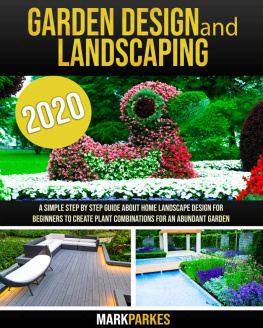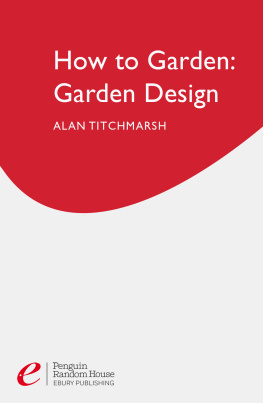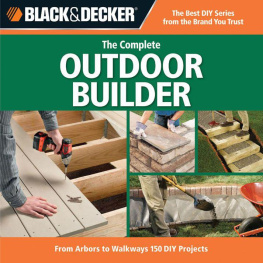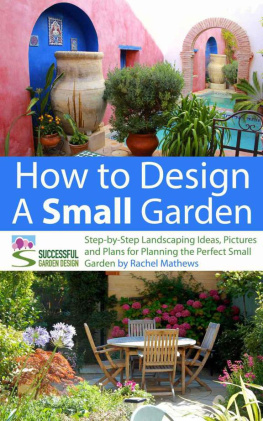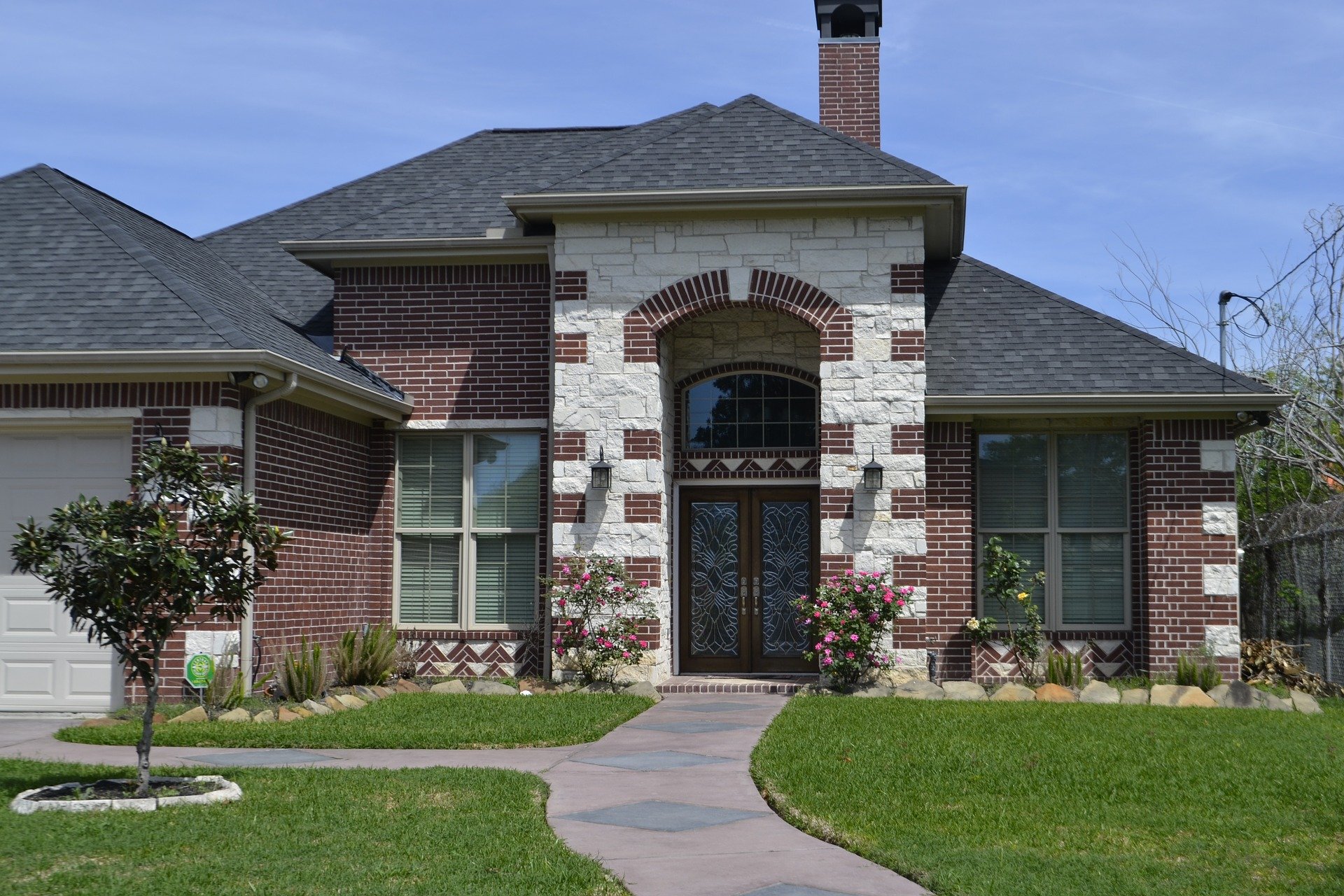Landscaping for Beginners
The Ultimate Step-by-Step Guide to Planning Your Amazing Outdoor Space, Design Walkways, Edges, Patios, and Turn Your Garden into a Beautiful Natural Landscape
Andrew J. Walls
Copyright 2020 - All rights reserved.
The content contained within this book may not be reproduced, duplicated or transmitted without direct written permission from the author or the publisher.
Under no circumstances will any blame or legal responsibility be held against the publisher, or author, for any damages, reparation, or monetary loss due to the information contained within this book, either directly or indirectly.
Legal Notice:
This book is copyright protected. It is only for personal use. You cannot amend, distribute, sell, use, quote or paraphrase any part, or the content within this book, without the consent of the author or publisher.
Disclaimer Notice:
Please note the information contained within this document is for educational and entertainment purposes only. All effort has been executed to present accurate, up to date, reliable, complete information. No warranties of any kind are declared or implied. Readers acknowledge that the author is not engaged in the rendering of legal, financial, medical or professional advice. The content within this book has been derived from various sources. Please consult a licensed professional before attempting any techniques outlined in this book.
By reading this document, the reader agrees that under no circumstances is the author responsible for any losses, direct or indirect, that are incurred as a result of the use of the information contained within this document, including, but not limited to, errors, omissions, or inaccuracies.
Table of Contents
Introduction
So, youre ready to embark on a landscape gardening journey to make your yard the perfect setting for yourself and your family. If youre thinking that it might be easier to hire a landscaping company or gardening company to change your landscape, well, that may seem easier, yes, but there are other factors to consider.
First of all, professional landscaping companies can be very expensive. They usually work on both residential lawns and big company landscapes, like resorts and golf courses, and often employ degreed professionals, such as landscape architects and horticulturalists, which means these services can be costly.
It is true that professionals have the knowledge to make a suitable landscape for your climate and region. However, there is no reason why you cant have that same knowledge, too, which is what Landscaping for Beginners and its companion book Northeast Home Landscaping can offer you. With the right knowledge, there is no need to hire professionals and incur that expense.
Whats more, trying to explain your ideas and visions to someone else can be complicated. Generally, professional companies work with you step by step to ensure that they are meeting your requirements. It doesnt always turn out that way, though, so when you are the one in control of the construction and work, you have complete control over how the finished project turns out.
By embarking on this journey of DIY landscaping, youre going to learn about all the plants, trees, and fauna that you can grow successfully in your region and climate. You will learn about the best materials to use for your hardscapes and which ones are the most practical for you and your circumstances.
Youll get inspiring ideas to plan your whole yard from gardens to walkways and from patios to hedges. Any type of landscaping requires some care and maintenance as well, so you will be guided through the process of how to care for your gardens and how to protect your hardscapes in various weather conditions. Landscaping for Beginners is your step-by-step handbook for achieving your backyard goals.
Our book is designed to be a beginners guide to the art of landscaping and gardening. Yes, both of these are considered arts, but they dont require you to have the artistic talent or eye of a painter or sculptor. Your landscaping designs are purely of your own thought and creation, based on your wants, needs, and the limitlessness of your imagination. Use this book to educate yourself on what you can do with landscaping and how your region will impact your landscaping options. This book is meant to be the catalyst for generating wonderful landscape and garden ideas for your very own yard!
So, you want the perfect backyard for your kids to play in? Or maybe you want the best patio to have cookouts with friends and family? Maybe you just want the most beautiful landscape to sit in and enjoy? Whatever your reasons for wanting to reimagine your yard, this is your starting point.
Chapter 1: Landscaping and Landscape Gardening
Before we get into planning and changing your landscape, it is important to define a few terms we will use. Gardening is a general term for growing and maintaining plants. Usually, it is in a designated plot where flowers, vegetables, and even small bushes and shrubs are grown and maintained for primarily aesthetic value. Vegetable and herb gardens often have a culinary component as well. Gardening can venture into lawn care and hedge maintenance.
Landscaping, on the other hand, is a combination of gardening, hardscapes, and botanicals. Hardscapes are a general term for your walls, patios, walkways, etc. Botanicals come into play with landscaping in the form of trees, hedges and bushes as well as some other interesting flora combinations that are a little outside the realm of simple gardening.
There is a good deal of overlap between gardening and landscaping, so a specific differentiation is hard to make. However, for our purposes, gardening is a primary focus on tending plants in an enclosed space, while landscaping is a much broader term for various ways of decorating your yard space.
When you first get started with landscaping, it is important to have a plan. Our recommendation is to get yourself a notebook for the planning process. You can use lined paper, blank paper, or grid paper for the planning process. The first step is to draw a map of your yard. This map should include dimensions so you have a clear idea of the space that is available.
Once your map is drawn, add in permanent structures, such as your house, driveway, garage, tool shed, etc. If you can get dimensions of your permanent structures and work them into a realistic ratio with the initial map you drew, that will help you when designing gardens and hardscapes. If you arent using grid paper, you might find it beneficial to draw an overall grid that is based on the measurements and use that to accurately include permanent structures.
Make notes on your map. These notes can include items that you might want removed, like an old tree stump that can be ripped up or a swing set that can be dragged to a different area of the yard. You should also put in a few notes about hills, slopes, uneven ground, and where the best sun is. Additionally, if there are paths that are used by default, even if they arent marked, take note of those. They could become the perfect place for a built-in walkway or a place to avoid putting a garden so that you dont disrupt that natural flow of the other people in your household.
Planning Your Garden
Your map should have plenty of notes and data about the space that you have available, but also the growing conditions, such as sunlight, slope, soil quality, and water build up or runoff. Those are the notes that are going to be helpful in planning your garden.


